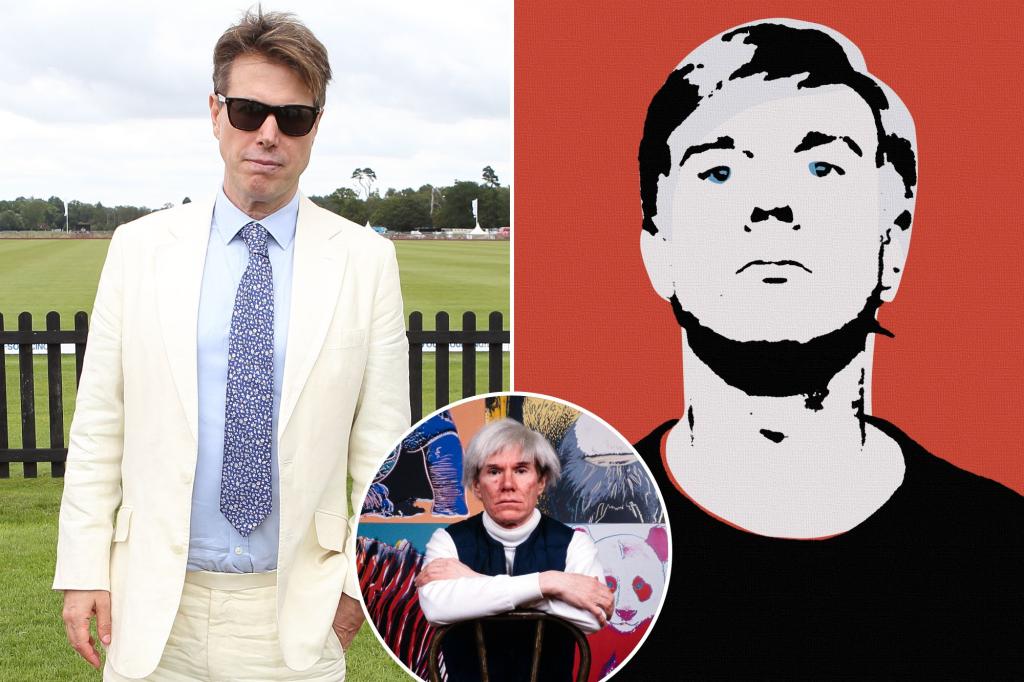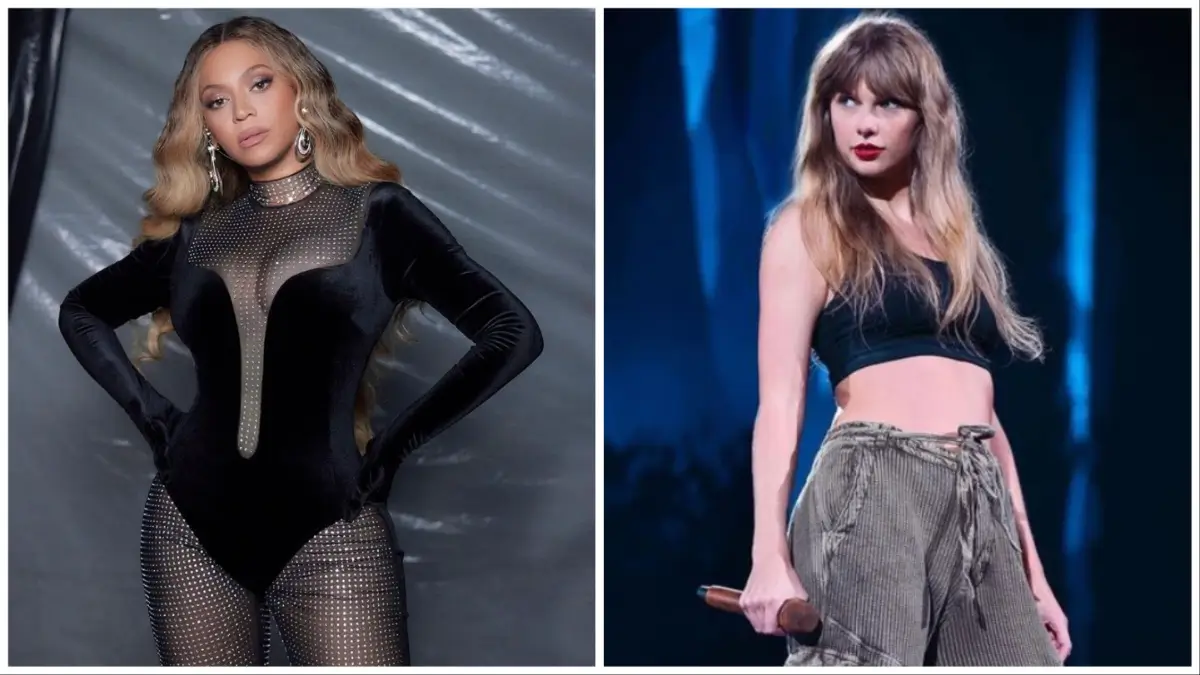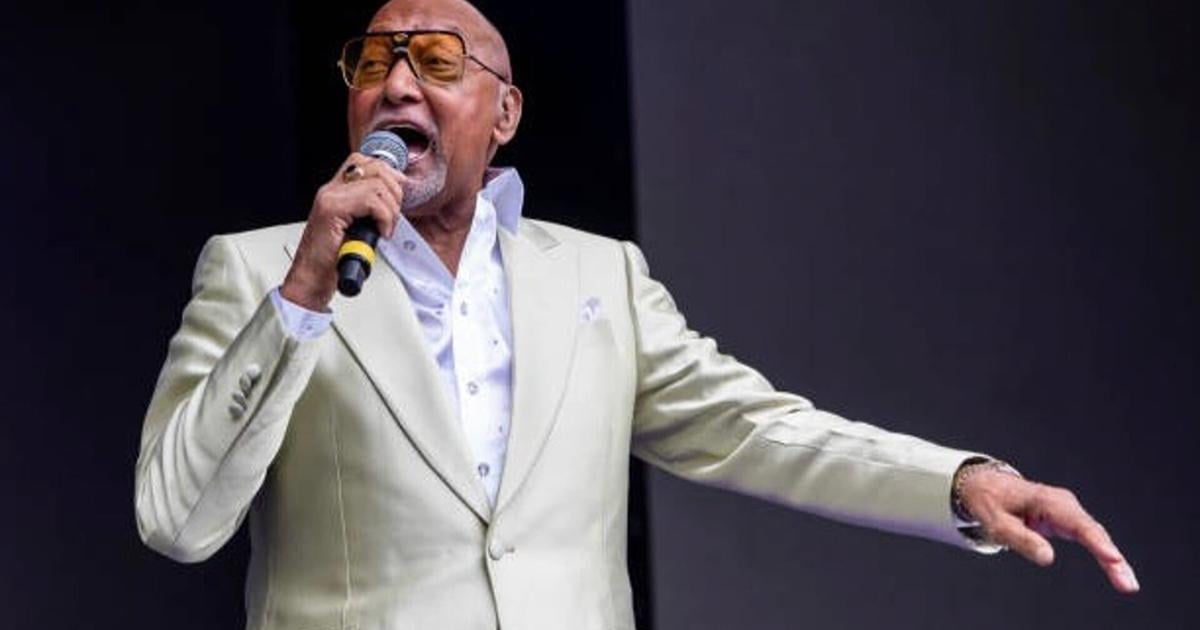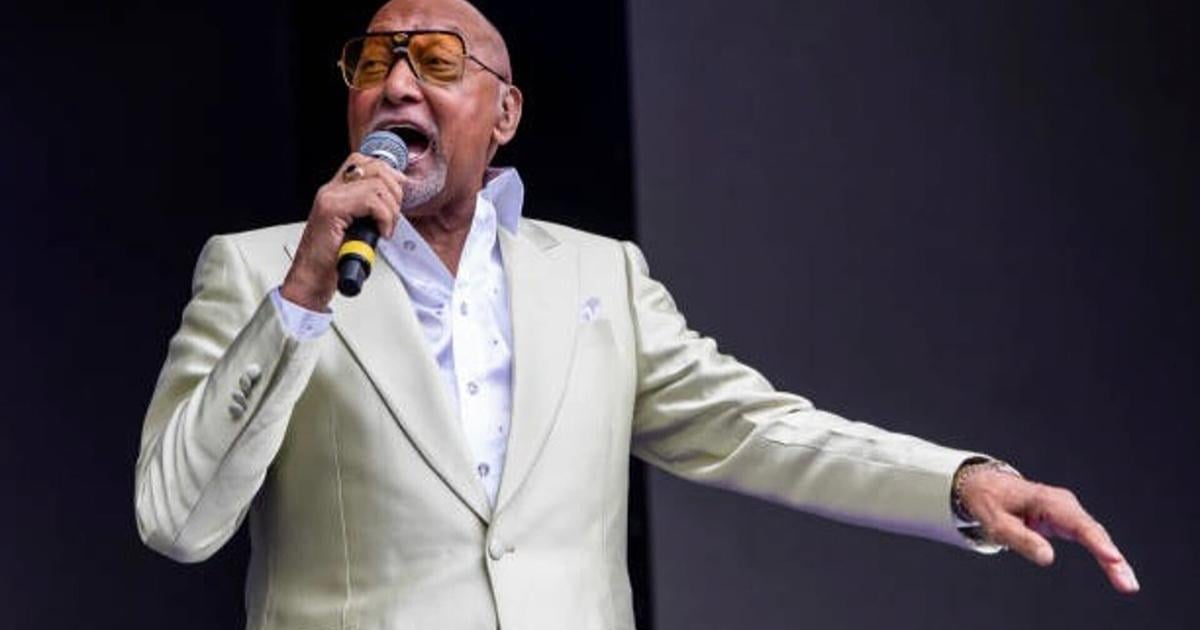In 1989, Joe Simon, a film producer and art collector based in New York and California, bought Andy Warhol’s “Red Self-Portrait” silkscreen from a respected London art dealer for $195,000.
Thirteen years later, he was set to sell the piece for $2 million when he hit an unexpected roadblock: the Andy Warhol Art Authentication Board refused to authenticate the work, implying it was fake.
On the advice of his neighbor in Malibu, California — famed artist David Hockney — Simon reached out to art critic and historian Richard Dorment.
“The picture was signed ‘Andy Warhol’ twice and confirmed as authentic by Andy’s business manager, Fred Hughes.
But there was a big hitch,” Dorment writes in his new book, “Warhol After Warhol: Secrets, Lies, & Corruption in the Art World” (Pegasus Books, out now). “The two highly realistic Andy Warhol signatures were stamped facsimiles, not written in Warhol’s own hand.”
Simon and Dorment teamed up to determine the true authentication process behind Warhol’s works.
Ultimately, they uncovered what they believed was far-reaching fraud, leading to a years-long legal battle that cost millions and millions of dollars and featured a cast of characters that included a mob lawyer and a Russian oligarch.
Simon, now 57, first moved in Warhol’s circles as a young man.
He was a social Zelig who came to New York at age 15.
He gained entrée to Manhattan society via his grandmother’s close friend, Diana Vreeland, onetime Vogue editor-in-chief.
On weekday mornings, Simon would meet Vreeland at her Park Avenue apartment and accompany her to the Met.
Palling around with socialites like Cornelia Guest and Maura Moynihan, he later met Fred Hughes, Andy Warhol’s longtime business manager.
Hughes introduced Simon to Warhol, who wanted to know everything about Vreeland, among others.
That meant calling Simon daily asking for gossip, which Warhol would then relay to the person involved. Simon soon learned to keep quiet.
Warhol passed away in 1987.
In the wake of his death, the value of his work grew, along with the need to authenticate it.
Initially, the job fell to Hughes and Vincent Fremont, Warhol’s one-time studio assistant.
But that wasn’t sustainable.
“The volume of painting and prints that needed immediate authentication meant their methods were rough and ready,” Dorment writes.
So, in 1995, the Authentication Board was created to assess works acquired from sources other than the artist’s bequest.
The Authentication Board claimed to operate separately from the Andy Warhol Foundation, a charitable institution to which Warhol directly bequeathed tens of thousands of works, but some had suspicions that the two worked together.
And, contrary to what people might have believed, the eventual Authentication Board was not comprised of experts — just the opposite, Dorment contends.
One of them, Sally King-Nero, was out of work when the Warhol Foundation hired her part-time, Dorment notes. (Her LinkedIn notes prior relevant experience, including serving as director of exhibitions at Maryland Institute, College of Art for three years.)
“In 1990 … she became full-time curator of drawings and photography by her own account,” Dorment writes. “Until she started her job at the Foundation, she had no serious knowledge of any aspect of Warhol’s work.”
“Five years later, she joined the Authentication Board, later admitting that once there, she learned as she went along. Her learning curve went on for years.”
King-Nero did not respond to a request for comment.
Dorment contends that the Board was effectively comprised of King-Nero and Neil Printz, an art scholar who the author said also did a great deal of learning on the job.
Printz did not respond to a request for comment.
There was also genuine fakery to contend with.
Several prominent collectors and dealers have claimed that Rupert Jasen Smith, a print contractor Warhol used from the late 1970s on, generated new pieces after the artist’s death.
“He traded them with other artists for their work and sold them to collectors. Many have ended up in museums or large private collections,” Dorment writes. “Smith’s large-scale manufacture of Warhol’s work ended only when the printer died in 1989.”
In 2007, Simon launched a $20 million antitrust suit against the Board and the Foundation, claiming that the latter sought to inflate the prices of works that were part of Warhol’s estate.
They allegedly did so by refusing to authenticate legitimate pieces — like his.
An ugly legal battle went on for years.
The Foundation’s lead counsel was Nicholas Gravante Jr., who had previously been an attorney in the principal firm representing the infamous Gambino crime family.
“Several years after Simon’s case, Gravante Jr. would be in the news for suing his own mother for defamation,” Dorment writes.
Over the years, Simon sold his Malibu house, along with a pair of Warhol “Cow” silkscreen prints to fund his legal crusade.
His friend, Russian multi-billionaire Leonid Rozhetskin, also offered to help with expenses.
But, in March 2008, the oligarch disappeared, along with a key potential funding source for Simon’s fight.
Five years later, Rozhetskin’s corpse turned up — allegedly following a financial dispute with a partner to Vladimir Putin.
Rozhetskin had invited Simon to accompany him and his family on a trip the weekend he went missing.
Had he gone, “Joe was told by the police that there’s no question that he would’ve been killed,” Dorment told The Post. “He was a witness. They wouldn’t have hesitated to kill him.”
That wasn’t the only event to send Simon into a tailspin.
His legal team came from the firm of Dreier LLP, which collapsed in 2008 following the arrest of its namesake, celebrity lawyer Marc Dreier.
After he was accused of grifting the likes of Justin Timberlake and Bill Cosby to the tune of hundreds of millions, Dreier would see his practice go kaput.
Simon was able to continue the fight when two attorneys who had been at that firm agreed to take on his case.
He thought he could prove the Foundation had effectively created a monopoly on Warhol’s work, believing that the Foundation and the Authentication Board worked together to create a climate of artificial scarcity around Warhol’s work, thus goosing its value.
But, in 2010, Simon ran out of money and had to drop the suit.
The following year, the Foundation announced that it would be dissolving the Authentication Board —albeit still allowing King-Nero and Printz to work on Warhol’s catalog raisonée.
But, there were ongoing issues.
During the legal proceedings, Dorment writes that it became apparent that the Foundation had
submitted 44 supposed fakes to be authenticated by its own Board.
A number of pieces were sold via a major auction house with a certificate of providence and a stamp declaring that it originated from Warhol’s estate and had been owned by the Foundation.
But, while such stamps might seem to ensure authenticity, they didn’t, Dorment notes.
“In fact, the only thing it guarantees is that the object was once in Warhol’s estate. It gives no indication of how it got there or that Warhol had anything to do with making it,” he writes.
Simon never sold his “Red Self-Portrait,” which is now believed to be authentic.
Currently based in London, he declined to be quoted.
He told The Post that he still enjoys collecting art and has been approached by multiple parties interested in adapting Dorment’s book for film or TV.
At the end of the day, Dorment contends that Warhol didn’t care what people did with his works, so long as they weren’t signing his name to them.
“He knew perfectly well that there were extra prints being made of his work. It did bother him when people signed his name and pretended he had actually seen it and approved of it—the signature is an approval thing,” he said. “But otherwise, Warhol said he’d like his art to be like Coca-Cola bottles.”





